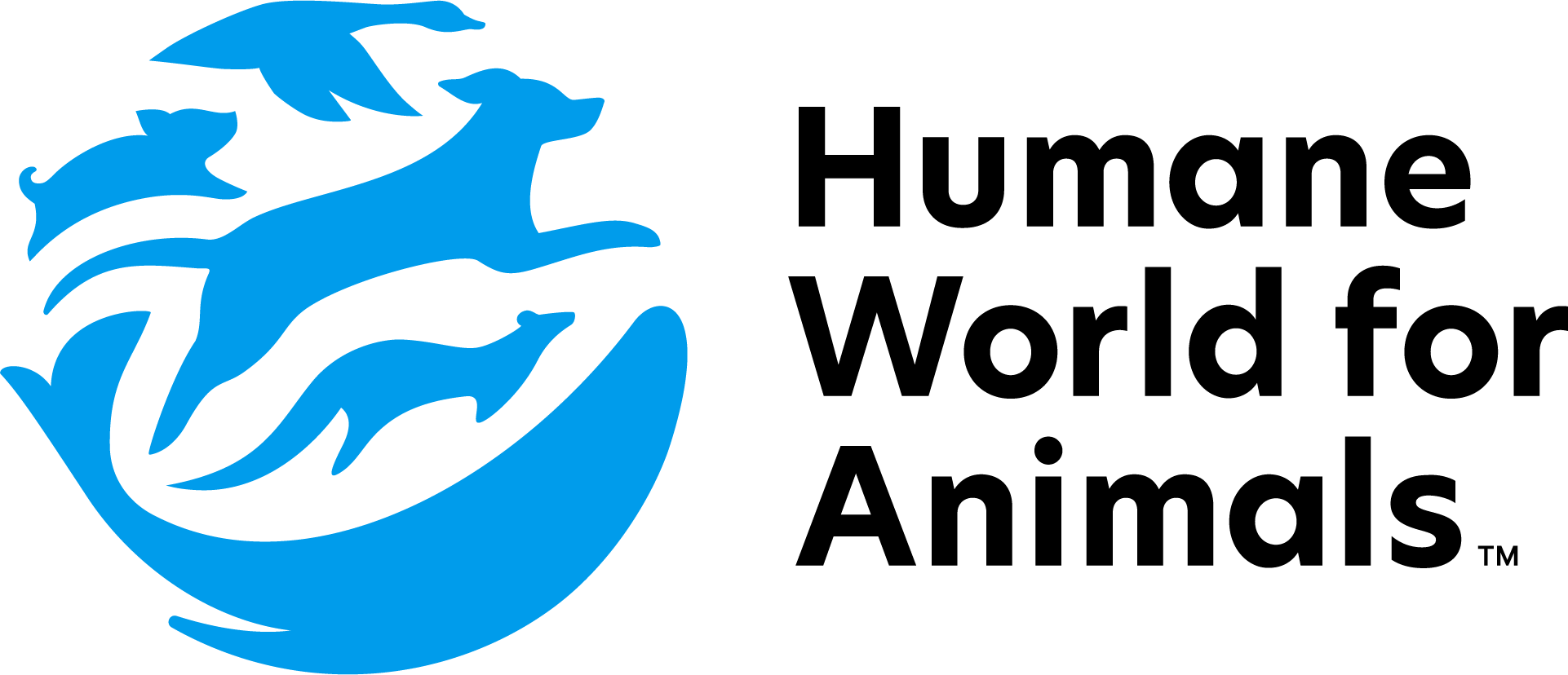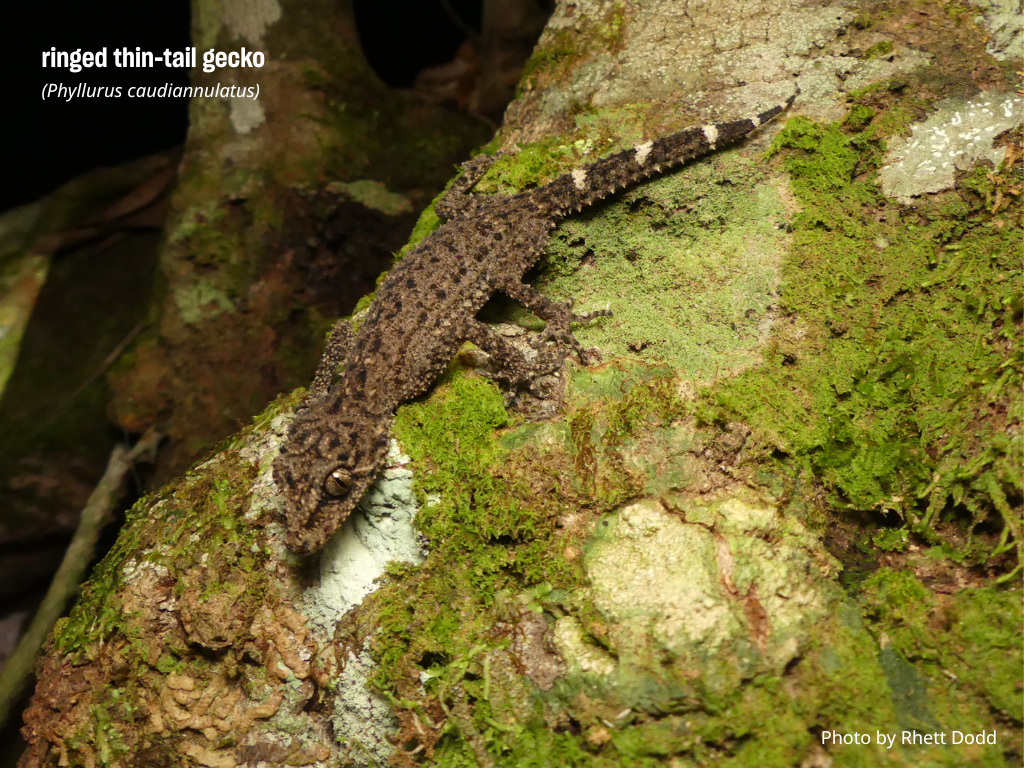CANBERRA (November 27, 2025)—Humane World for Animals says Federal Environment Minister Murray Watt’s reforms to the Environment Protection and Biodiversity Conservation Act, amended in negotiation with the Greens, should give Australian wildlife a “fighting chance” for the future. Humane World for Animals Australia’s Campaign Director, Nicola Beynon, said: “The reformed laws must be a new chapter for our environment and reset the priority that is given to protecting nature in decision making. We...
Built for digging and perfectly attuned to their environment, wombats keep Australia’s soils healthy and our ecosystems balanced. They’re also deeply loved by the public — but in many parts of the country, they can still be killed legally. Too often, it’s wildlife carers who are left to deal with the aftermath of gunshot and other injuries.
This National Wombat Day, we’re celebrating these incredible marsupials — and sharing how simple, humane solutions like wombat gates can protect them while preventing conflict with landholders.
Wombats at a glance
Australia is home to three species of wombat:
- Bare-nosed wombat (Vombatus ursinus) – Least Concern
Found across southeastern Australia and Tasmania, this is the species most people recognise.
- Southern hairy-nosed wombat (Lasiorhinus latifrons) – Near Threatened
South Australia’s state emblem and the only wombat adapted to semi-arid regions.
- Northern hairy-nosed wombat (Lasiorhinus krefftii) – Critically Endangered
Once widespread, now restricted to a single protected site in Queensland, with fewer than 350 individuals remaining.
Nature’s engineers
Wombats are ecosystem engineers, meaning they physically shape their environment in ways that benefit other species.
Through their digging, wombats:
- Aerate compacted soil, improving oxygen flow and promoting healthy root systems.
- Enhance water infiltration, helping rainfall soak deeper into the ground rather than running off.
- Recycle nutrients, bringing minerals from deeper layers to the surface.
- Create habitat, as their burrows offer shelter for reptiles, small mammals, and even birds.
A single wombat burrow system can extend more than 30 metres and last for decades, supporting entire micro-ecosystems.
The problem
Despite their ecological importance, bare-nosed wombats and southern hairy-nosed wombats often come face to face with lethal control. In several states, they can be killed under licence — mainly because of perceived damage to farmland and infrastructure.
Here’s what the numbers look like:
| State | 2023 | 2024 |
| New South Wales | 189 | 264 |
| Victoria | 1,902 | 2,692 |
| South Australia | 1,360 | 1,564 |
| Tasmania | 107 | 365 |
The primary reason? Fence damage.
Wombats dig under fences to move between feeding grounds or to reach water and shelter. Their paths are habitual and often passed down through generations. When a new fence blocks a well-used track, wombats simply dig through it — not out of mischief, but because they’re following an ancient route.
Unfortunately, this can lead to:
- Collapsed fences and costly repairs for landholders.
- Safety risks for livestock like sheep and cattle that may trip or fall into burrows.
- Soil erosion in heavily grazed areas.
- Access for introduced species such as foxes and rabbits through existing burrow systems.
This conflict often results in lethal measures — even though humane alternatives exist.
A simple solution: Wombat gates
Wombat gates are a practical, low-cost solution that allows wombats to pass through fences safely without damaging them.
These gates are hinged panels that swing open when pushed from one side — designed to be heavy enough that smaller animals can’t use them, but easy for a wombat’s strong build to lift. Once installed on existing wombat paths, they can dramatically reduce new digging.
Here’s why they work:
- Access without obstruction: Wombats dig primarily to get from one place to another. A gate provides a clear route, removing the need to tunnel.
- Energy efficiency: Digging is hard work. Once a wombat finds an easier path, it will reuse it rather than start again.
- Durability and safety: Gates prevent damage to fences, saving farmers time and money, while keeping livestock safe from collapsing soil around burrows.
Living together
Wombats aren’t pests — they’re part of the fabric of our ecosystems.
By making small adjustments like installing wombat gates, landholders can protect their infrastructure and reduce conflict, while helping ensure these remarkable animals continue to thrive.
Coexistence isn’t just possible — it’s practical, cost-effective, and better for everyone.
Take action
If you live in New South Wales, Victoria, South Australia, or Tasmania, you can make a difference.
Join us in calling on your state Environment Minister to end licences that allow wombats to be killed and to support humane coexistence tools like wombat gates


